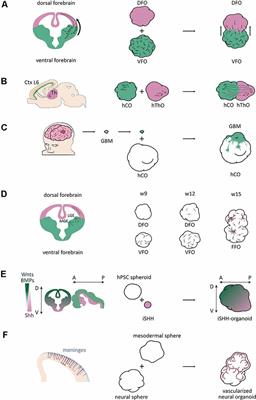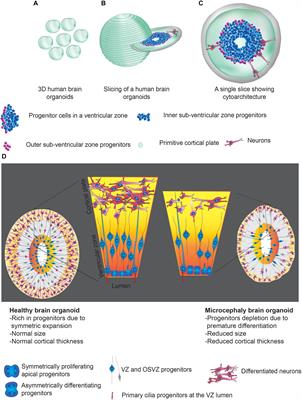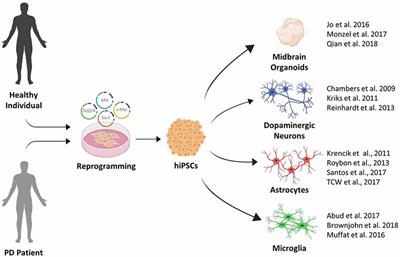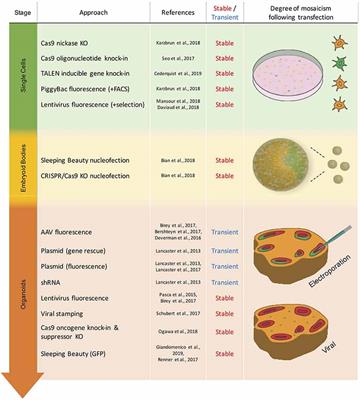EDITORIAL
Published on 21 Oct 2020
Editorial: Brain Organoids: Modeling in Neuroscience
doi 10.3389/fncel.2020.602946
- 1,905 views
- 2 citations
23k
Total downloads
94k
Total views and downloads
EDITORIAL
Published on 21 Oct 2020
ORIGINAL RESEARCH
Published on 28 Aug 2020

MINI REVIEW
Published on 15 May 2020

REVIEW
Published on 08 May 2020

ORIGINAL RESEARCH
Published on 21 Feb 2020

BRIEF RESEARCH REPORT
Published on 11 Feb 2020

REVIEW
Published on 17 Jan 2020

REVIEW
Published on 17 Dec 2019

ORIGINAL RESEARCH
Published on 30 Jul 2019
